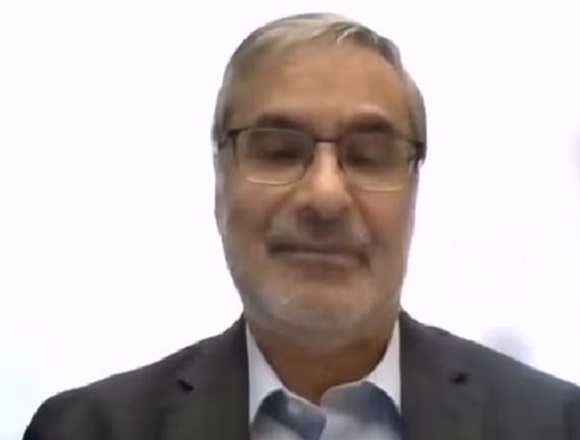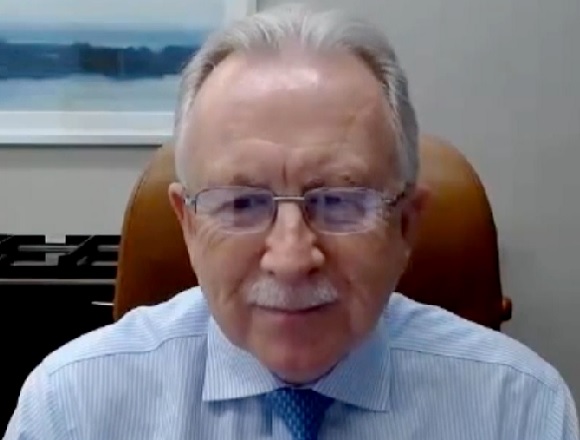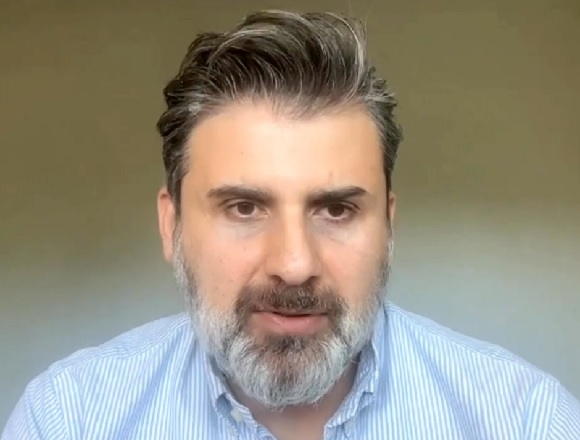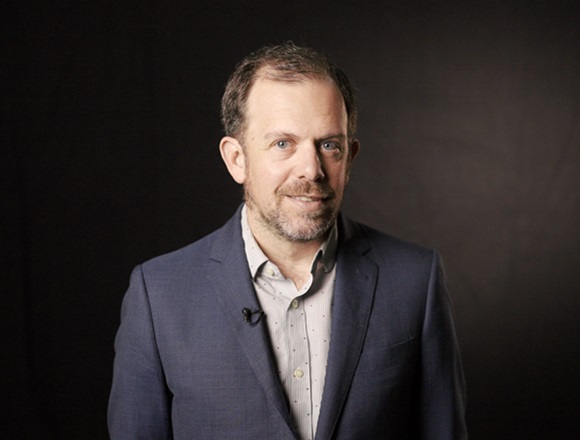Anya McLaren-Barnett, MD, assistant professor at McMaster University, pediatric respirologist and sleep medicine physician, joins Roman Jaeschke, MD, MSc, DPharm, to discuss the role of restorative sleep in children, signs and symptoms of poor sleep, and ways to improve sleep quality.
Roman Jaeschke, MD, MSc, DPharm: Good afternoon, welcome to another edition of McMaster Perspective. I have a pleasure of introducing assistant professor, specialist in pediatrics, specialist in respirology, and specialist in sleep medicine, Dr Anya McLaren-Barnett. It’s a little strange that we have an interview with a pediatrician in our internal medicine textbook, but I have an inferior motive. I have 2 small grandchildren and a lot in our lives evolves around their sleep patterns. And I suspect a lot of our audience, our listeners, are in a similar position, so I thought exploring a little bit of sleep patterns, not only in pediatrics but throughout the life, may be of value.
Professor McLaren-Barnett, can you tell me, why what you do is important? Why did you decide to direct your profession where you are, and why did you establish the Sleep Health Organization, which is devoted to sleep issues?
Anya McLaren-Barnett, MD: Sure, thank you and thank you for having me. I finished my training in pediatric sleep medicine and respirology at SickKids in 2017 and shortly after I started practicing I realized that there was a huge gap between the sleep issues that I was seeing in practice and the ability of our primary care providers to manage simple things like sleep hygiene. I also realized quite quickly that the wait time to see pediatric sleep physicians was in excess of a year. There are limited sleep physicians in the community and across the country.
There was a study out of Ottawa back in 2014, which showed that the pediatric sleep facilities for children in this country basically is low and children are really underserved. This is further exacerbated when children are in rural communities, their access to pediatric sleep specialists. I believe the estimate that they had said is that 1 in 7 children needs to actually be seen and use these facilities, but it is not available for the majority of children.
So, I think the combination of what literature was saying in terms of the disparity from an even medical education perspective, a study out of the States, and several studies actually show that medical students get ~1 hour of sleep health education in the pediatric age range. For adults, it may be maybe ~4 hours.
Roman Jaeschke: But why is it important that they do?
Anya McLaren-Barnett: Sleep is the primary activity of children, right? And even if you look at sort of the number of years we spend asleep throughout our entire lifespan, it’s quite significant. So, between 0 to 5 years of age, children actually spend more time asleep than they do awake and as they continue to grow into young adulthood, it’s about half of their life, I mean, or half of their 24-hour period, that will end up having some sleep components.
So, sleep is important because it’s a primary activity and it’s important to understand what happens during that activity and what the side effects or adverse impacts are of not having that restorative function of sleep for anyone. That is why it’s important.
And the reason that I really feel very passionate about trying to close the gap that exists is because it has such widespread implications when we don’t sleep well.
Roman Jaeschke: That sounds that 1 in 7, 1 in 5, 1 in 3, we have a problem with sleep.
Anya McLaren-Barnett: Right.
Roman Jaeschke: The question is, can we mitigate this problem? And these are two separate solutions.
Do you mind telling me what are the common sleep problems in children as, again, I’m interested in 2 to 3 year-olds?
Anya McLaren-Barnett: Sure. I would say that in 2- to 3-year olds….
Roman Jaeschke: No, no, no, I was joking about this particular one.
Anya McLaren-Barnett: OK. I mean, the public health agency, the public health arm of our agency of Canada has stats on their website that basically say that 1 in 3 children are not getting enough sleep, 1 in 4 children aren’t getting the quality of sleep that they need. So, this is huge, I mean, we have about 6 million children in Canada, estimated a couple years back. So we’re talking about in the millions when it comes to children who aren’t sleeping well.
Roman Jaeschke: But what does it mean they are not getting quality sleep?
Anya McLaren-Barnett: It means that when they get up, they’re reporting that they’re tired. They get up in the morning and they’re reporting that their sleep is not restorative. Parents can actually see signs and symptoms of nonrestorative sleep such as feeling tired in the morning, being a bit moody, being really difficult to get out of bed. And we know that poor sleep impacts executive function, so we have issues related to attention, issues related to behavior, issues related to move that impact not only the social development of a child but also their academic function and their academic performance.
Insomnia in children is a huge deal. It’s a big issue. And it is obviously exacerbated by technology and availability of different types of technology and screens because in some households children are up till midnight on their screens and even wake up overnight to go on their screens. And so, it’s a huge issue.
Roman Jaeschke: Well, you convinced me that this is the problem because you unfortunately mirror what I observe in my own life. At this stage of the game, attention to what kind of interventions do you consider worthwhile?
Obviously it’s a very loaded question and there’s not enough time to answer it, but if you were to say, to take the screens away for a bit, the internet, I think that’s one solution.
Anya McLaren-Barnett: Yeah. I mean, it’s interesting. I think there are many different solutions. A recent study about last year or the year before showed that parents are actually turning to Twitter and social media to get information about sleeping their children. And >70% of the users who provide sleep information on social media are influencers, so, in most cases they have no medical or scientific background and they’re giving advice about using melatonin and other sleep drugs for children.
That is where what the first issue is. There is a need for more of an academic/scientific presence in these areas where parents turn.
There also is a need for sleep health wellness checks to be part of the routine screening of health in a child. So, just like we screen for development and developmental milestone achievements, we should be asking parents about sleep whenever they come into our offices. And if there are issues with sleep, we should be prepared and equipped to actually address them. That’s that second issue. I think the knowledge and skill set of our physicians need to be advanced or extended to be able to address this.
I think that the other issue which—again, these are big issues—is being able to provide access in a timely fashion to sleep health centers, tertiary centers that can actually address sleep health issues in children. Even though insomnia is a huge part of the sleep health issues that children encounter, sleep-related medical conditions like narcolepsy, obstructive sleep apnea, central sleep apnea, periodic limb movements are conditions that sleep physicians can address and manage.
However, with a child who was waiting for 1.5 years to get that sort of access, it definitely impacts their life. So, I think there are many different ways that we could actually start to address these issues.
Roman Jaeschke: Well, when I’m thinking about it, we could cooperate, maybe even with your organization and give you, so to speak, a corner in which we could link resources, evidence-based resources and teaching material, educational material for parents and possibly for children, or possibly for all of us. I mean, there are a lot of sleep physicians in Hamilton. I understand that apparently not enough.
Maybe I will invite you also to look into a possibility of a chapter in our textbook, where you could consider and provide both recognition and clues about management and maybe links to resources where people may go to if they wish for higher-quality information. Let’s take it as a starting point.
Anya McLaren-Barnett: Yeah, definitely. I didn’t speak much about the Sleep Health Organization, but it’s an organization that was really founded to address the gap in sleep health knowledge and skill set for primary care providers or any provider in the space of working with children, so we have evidence-based content and tools that we can definitely provide. Being able to provide more information in the form of a chapter is definitely an opportunity I would welcome.
Roman Jaeschke: All right. Well, thank you very much and see you again.
Anya McLaren-Barnett: Thank you.
Roman Jaeschke: OK, goodbye.
Anya McLaren-Barnett: Bye.
 English
English
 Español
Español
 українська
українська











